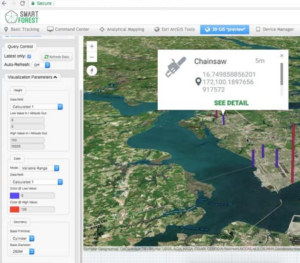

The second largest chain of supermarkets in the United Kingdom desired a segmentation and targeting model for one of its branches to understand its customer base better and create more effective marketing campaigns.
A large supermarket has a wide range of products and services that appeal to different customer segments. However, the supermarket’s marketing campaigns are often generic and not targeted, leading to low response rates and wasted resources. The client needed a segmentation and targeting model to better understand its customer base and create more effective marketing campaigns.
The segmentation and targeting model aimed to solve several problems that the supermarket faced, including:
.
Quantilus designed & developed the segmentation and targeting model to help the supermarket create more personalized and effective marketing campaigns, through:
The segmentation and targeting model offered several benefits to the supermarket, including:
The segmentation and targeting model provided a valuable solution to the supermarket’s challenges in creating effective marketing campaigns. By collecting customer data, segmenting customers, and using predictive modeling to create targeted campaigns, the model enabled the supermarket to engage customers more effectively, reduce waste, and make data-driven decisions.
WEBINAR